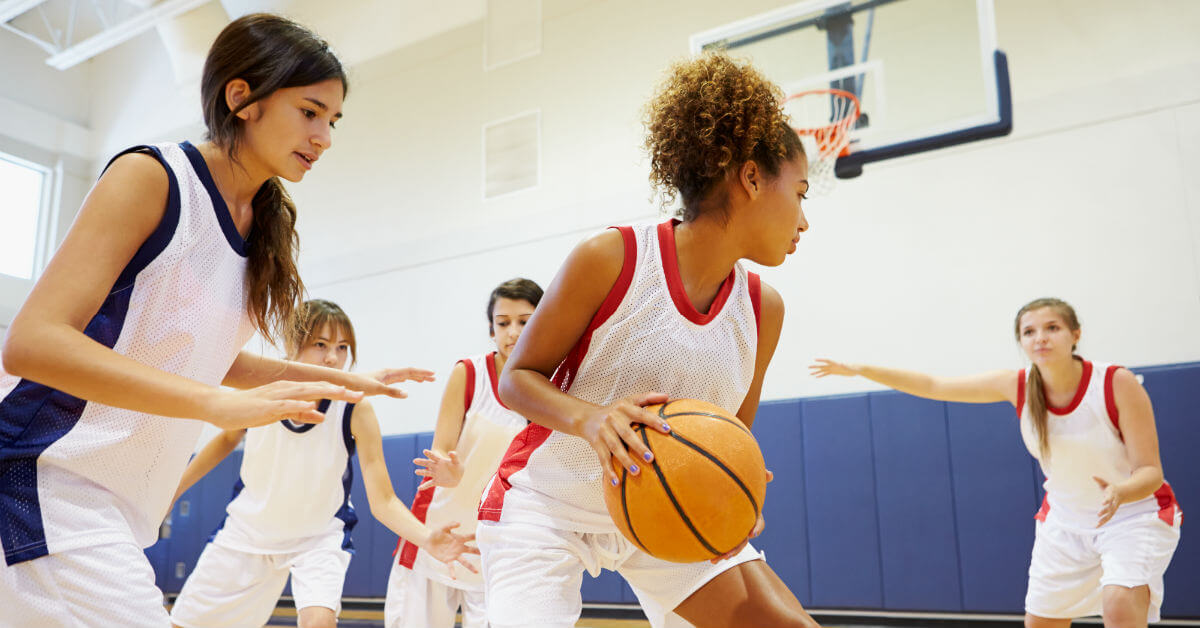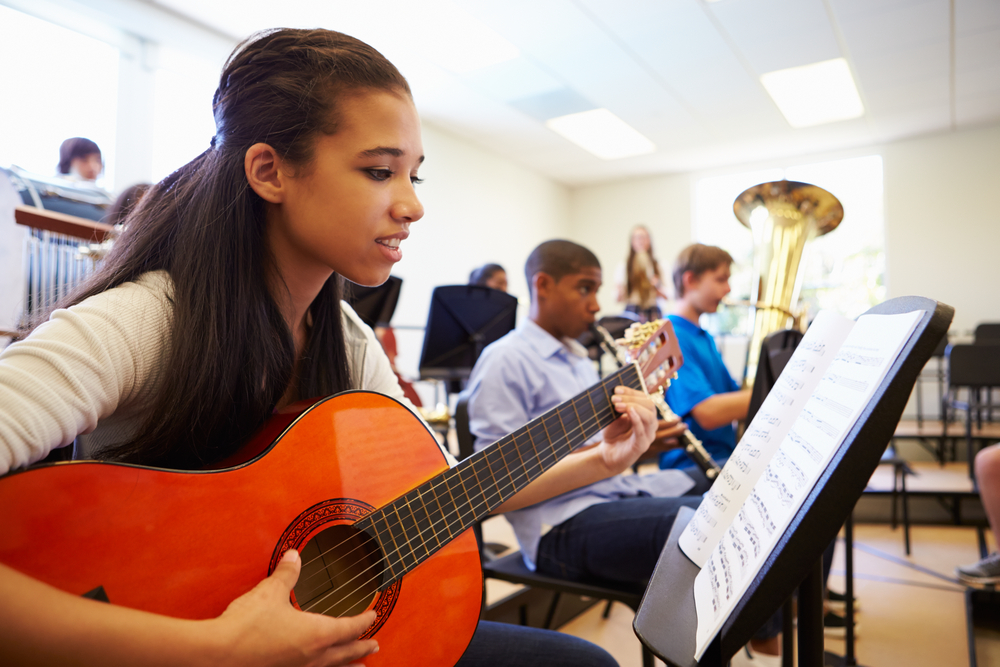Parents are always looking for ways to keep their teenage daughters happy and healthy, but it’s not always easy. Several recent studies have shown that playing organized sports is quite beneficial for teen girls of all ages. Besides providing physical boosts from exercise, a girl’s mental health improves as well. Even if a teenager won’t become the next Mia Hamm or Cynthia Cooper, she can still benefit from playing organized sports.
What Benefits Do Teen Girls Get From Organized Sports?
Far too many teens are content to be inactive, whether by choice or circumstance. Increased video game hours, sedentary jobs and the reduction of physical education in the schools all contribute to a less-than-fit teen population. Girls are especially susceptible to inactivity, as boys are more likely to engage in sports. The good news is that more and more girls across the country are witnessing the benefits of playing organized sports.
Of course it’s no secret that physical activity provides lots of benefits to the body, from keeping muscles toned to helping with weight loss. In teenage girls, getting physical exercise from sports contributes to their physical health in numerous ways. As childhood obesity rates climb across the country, children and teens that play sports can maintain a healthy weight and diminish the chances of developing weight-related conditions such as diabetes and hypertension. It’s also linked to a reduced risk of chronic illnesses as adults.
Perhaps more importantly, when teen girls participate in organized sports, there are significant mental health benefits that can help them navigate through some of life’s challenges. Mental illnesses are increasing among adolescents, and teen girls in particular are more susceptible to certain mental health disorders like depression and anxiety. Playing sports and physical activity can help alleviate mental health issues, plus lead to higher self-esteem, better focus in school, and a reduction in risky behaviors like smoking and drinking.
How to Get Teen Girls Involved in Organized Sports
Understanding the benefits of organized sports for teen girls is one thing but finding the appropriate outlet for them can be difficult. Even parents and teenagers with the desire to get involved in organized sports may discover obstacles, like not making their school sports teams. Teen girls don’t have to be the school superstar to locate, join and enjoy organized sports.
Here are 3 ways that teen girls can participate in organized sports outside of school teams:
- Municipal leagues. Many cities, towns and municipalities have youth sports leagues that start girls in soccer, basketball and t-ball from as young as 4 years old, and go through the teen years. Even if teenage girls haven’t played much, these recreation programs generally have a place for everyone.
- Community groups. Whether it’s an informal meetup or a more serious competition league, there are plenty of groups that meet together to participate in the sport they love. Parents can help find advertised groups, summer camps, competition leagues and even church groups that welcome newcomers eager to play.
- Non-traditional sports. Sometimes teen girls just aren’t into basketball, volleyball or soccer, but there is a wide world of sports out there, organized or not. Explore things like lacrosse, cross country, track, mountain biking, skiing, kayaking, rowing, trail running, Zumba, spin biking and more. The idea is for teen girls to get active and enjoy what they are doing, not necessarily what sport they choose.
With so many benefits to the mind and body, it’s no wonder that playing sports is currently considered one of the top ways for teen girls to get better emotional and physical health. With all the unique social and psychological issues that teen girls have to deal with, from body image to self-esteem, it makes sense to encourage participation in sports as much as possible.






0 Comments